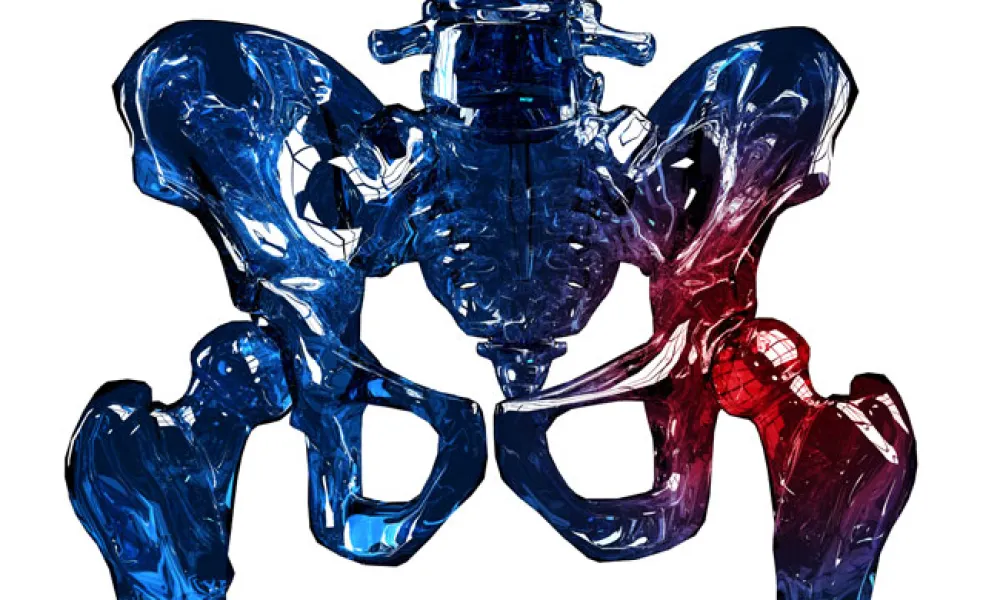In September 2014, Timothy Brown, MD, et al published a review of numerous new developments in total hip arthroplasty in The Journal of Bone and Joint Surgery, reviewing previous publications from May 2013 through May 2014:
Total hip arthroplasty remains one of the most successful operations in medicine. In 2007 it was described as the operation of the century and continues to provide excellent pain relief and improve function in well over a million people worldwide per year. In reviewing the incidents of total hip replacement, studies have reported that the expected increase in total hip replacements will reach 500,000 primary procedures and 65,000 revision procedures by the year 2020.
OUTCOMES: Unplanned readmission rates following total hip arthroplasty range from 5% to 7.8% for people with primary total hip arthroplasty and 10% for patients with revision total hip arthroplasty. The leading cause of readmission includes surgical site infection and cardiovascular events. Factors associated with poor outcome after total hip replacement include a history of depression and obesity.
APPROACHES FOR TOTAL HIP REPLACEMENT: There has been an increased number of direct anterior approach total hip replacements performed over the last 12 months. This has been associated with the early recovery, decreased pain and earlier return to activity with direct anterior approach. Most studies have shown that at 1 year there is no significant difference between a direct anterior approach and a posterior approach total hip. These findings correlate with the study that we published in 2013, showing less pain, shorter length of stay, and earlier return to activity with direct anterior approach when compared to a posterior approach total hip arthroplasty.
ANESTHESIA: There has been an increasing trend towards the use of spinal or epidural anesthetic due to the lower incidence of nausea, better pain relief, and the use of multimodal pain management has led to earlier discharge and less pain with total hip replacement.
BLOOD TRANSFUSIONS AND BLOOD MANAGEMENT: There has been a trend away from donating blood before surgery. The use of tranexamic acid has significantly decreased blood loss after total hip replacement. Our current recommendation is for people with a normal blood count to not donate blood, and we rarely have to transfuse patients since we use tranexamic acid in all of our patients.
DVT PROPHYLAXIS: In 2014 there was a recognition that aspirin as an agent to decrease blood clots in the legs following total hip arthroplasty is as effective as other blood thinning agents in patients who are at low risk for blood clots. Patients who have had a history of prior blood clots in their legs or who are on Coumadin prior to surgery for a variety of reasons will continue to be managed with Coumadin in association with mechanical prophylaxis, such as compression devices or in association with low-molecular weight heparin. People with low risk for DVT will be managed with aspirin 1 pill twice a day for 4 to 6 weeks, depending on surgeon preference.
PERIPROSTHETIC JOINT INFECTIONS: There are several factors that are associated with an increased risk of infection following total hip replacement. These include obesity, anemia, malnutrition, and diabetes. Undergoing revision arthroplasty is also associated with an increased risk of infection.
BEARING SURFACES FOR HIP REPLACEMENT: The most common bearing surface for total hip arthroplasty is a metal head against cross-link polyethylene. In younger patients, ceramic heads on cross-link polyethylene have been used with the hope that laboratory data supporting decreased wear with ceramic will be realized in the patient.
FIXATION: The most common form of fixation for total hip replacement is cementless femoral components and cementless acetabular components. These implants are typically made of titanium and covered with some form of a porous surface.
METAL-ON-METAL BEARINGS: There are over 1 million metal-on-metal bearings in the world, though the use of these has decreased sharply over the last several years. It appears from review of available data that the majority of patients with metal-on-metal bearings do quite well without complication. There is a small subset of patients who have an adverse reaction to the debris or metal ions that are shed from articulation of these implants. There are several factors associated with this, including the patient’s unique reaction to metal, the surgical technique used by the surgeon, and the implant design. All of these interact to affect the outcome.

